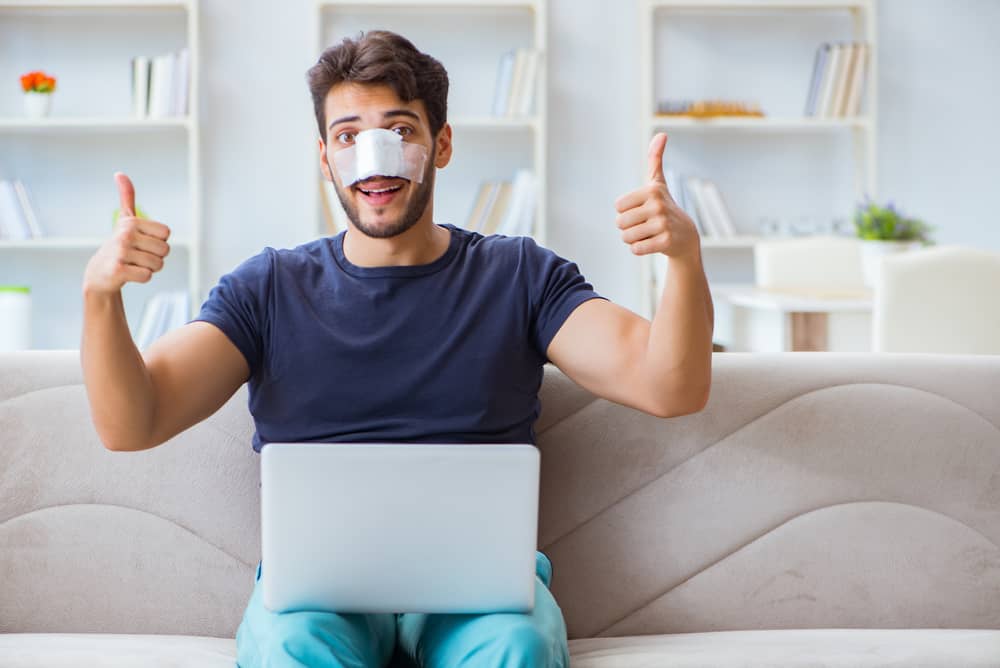At the Glasgold Group in Princeton, NJ, we help our patients fully understand the rhinoplasty recovery process so they can maximize their results and minimize recovery time with proper self-care. Preparation is key to the success of your rhinoplasty procedure. By following your surgeon’s guidelines and anticipating future care needs, recovery time can be drastically reduced.
Transportation After Rhinoplasty
Driving after surgery is prohibited. This is because anesthesia is used during the procedure and will still affect the body for a while after the surgery.
Before surgery, arrange for a ride home from a friend or family member. Many patients feel disoriented after surgery and will not have the reflexes needed to safely drive home or to the pharmacy. Even if a patient feels steady and alert, driving is not recommended.
Rest is an important part of the recovery process. Directly after the procedure, it is often helpful for patients to have a family member or friend stay with them. Anesthesia lasts for multiple hours, but the exact time is based on the patient’s health history, the surgery, and the anesthesiologist. Even after the anesthesia has completely worn off, it is still best if someone else can drive to the pharmacy and help with any basic tasks.
For patients who are traveling, flying is often an overlooked restriction. For at least one week after surgery, patients should not fly regardless of the plane size. A lack of air pressure can increase swelling.
If traveling is required for work or personal reasons, driving is a safer option after the procedure.









